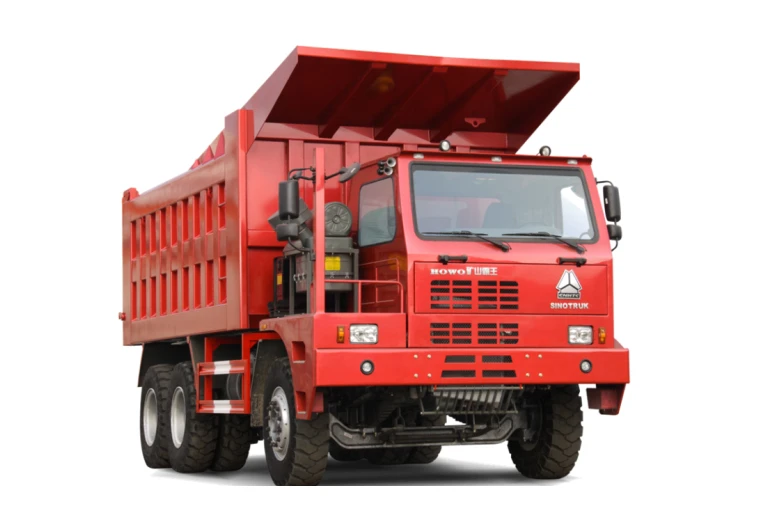forklift transmission
Understanding Forklift Transmissions Types, Functions, and Maintenance
Forklifts are vital machines in various industries, particularly in warehousing, distribution, and construction. One of the key components that contribute to their efficient operation is the transmission system. This article outlines the significance, types, functions, and maintenance tips for forklift transmissions.
What is a Forklift Transmission?
A forklift transmission is a mechanical system that transfers power from the engine to the wheels, allowing the forklift to move and perform various tasks. The efficiency of a forklift transmission directly influences the machine’s performance, safety, and fuel economy. Properly functioning transmissions ensure that operators can carry out lifting and transporting jobs with precision and reliability.
Types of Forklift Transmissions
1. Manual Transmission Traditionally, many forklifts are equipped with manual transmissions. These systems require the operator to change gears manually, which can provide greater control over the machine’s speed and power. However, they demand a higher skill level from operators and can lead to operator fatigue during prolonged use.
2. Automatic Transmission Automatic forklifts utilize a system that automatically changes gears based on speed and load conditions. This type is increasingly popular due to its ease of use, reducing operator fatigue and the chances of gear-related mistakes. Automatic transmissions ensure that operators can focus on managing loads rather than shifting gears.
3. Semi-Automatic Transmission This combines features of both manual and automatic transmissions, allowing operators to shift gears manually when necessary but also providing automatic shifting capabilities. This flexibility can be advantageous in various working conditions.
4. Hydraulic Transmission Many modern forklifts use hydraulic systems, which allow for smooth power transfer and precise control of lifting and lowering loads. These systems can adapt to different load weights and conditions, enhancing safety and efficiency.
Functions of Forklift Transmissions
The primary functions of forklift transmissions include
forklift transmission

- Power Transfer The transmission transfers the engine’s power to the wheels, enabling the forklift to move and navigate various terrains. - Speed Control Transmissions allow for the adjustment of speed based on the task at hand, whether for slow, precise maneuvering or faster transport. - Load Handling Transmissions help to manage the lifting and lowering of loads, ensuring that operators can handle heavy materials safely and efficiently. - Fuel Efficiency An efficient transmission system contributes to better fuel economy by optimizing power usage and minimizing energy loss.
Maintenance of Forklift Transmissions
Regular maintenance of forklift transmissions is crucial to ensure longevity and reliable performance. Here are some essential maintenance tips
1. Regular Inspections Conduct routine inspections of the transmission system to check for any leaks, unusual noises, or signs of wear and tear. Early detection of issues can prevent greater problems down the line.
2. Fluid Changes Just like cars, forklifts require regular transmission fluid changes. Check the manufacturer’s guidelines for recommended intervals and types of fluid to use. Clean fluid is essential for the smooth operation of the transmission.
3. Keep it Clean Dust, debris, and other contaminants can enter the transmission system, affecting its efficiency. Regularly clean the area around the transmission and ensure all vents and filters are clear.
4. Professional Servicing While some maintenance tasks can be performed in-house, it is wise to have professional technicians service the transmission periodically. They can perform a comprehensive inspection and address any underlying issues that may not be visible to the untrained eye.
5. Training Operators Educating operators about the proper use of forklifts and their transmission systems can significantly reduce the likelihood of operator error, thus extending the life of the transmission.
Conclusion
In summary, forklift transmissions are essential for the safe and effective operation of these machines. Understanding the types of transmissions and their functions allows businesses to choose the right equipment for their needs. Regular maintenance is vital to ensure that these systems operate efficiently over time, minimizing downtime and enhancing productivity. As industries continue to advance, staying informed about transmission technology will be crucial for optimal forklift performance.
-
SINOTRUK HOWO 84 Electric Dump Truck for Eco-Friendly Heavy HaulingNewsJul.26,2025
-
The Fast 16-Gear Manual Transmission Assembly for Heavy TrucksNewsJul.25,2025
-
Mercedes Benz Actros 1848 42 Tractor Truck for Sale - Reliable PerformanceNewsJul.24,2025
-
High-Quality Water Pump Assembly for Sinotruk Trucks – Durable & ReliableNewsJul.23,2025
-
Premium Truck Engine Antifreeze Coolant Fluid for Heavy Duty VehiclesNewsJul.22,2025
-
FOTON View G7 Mini Bus: Affordable & Spacious TransportNewsJul.22,2025
Popular products

























